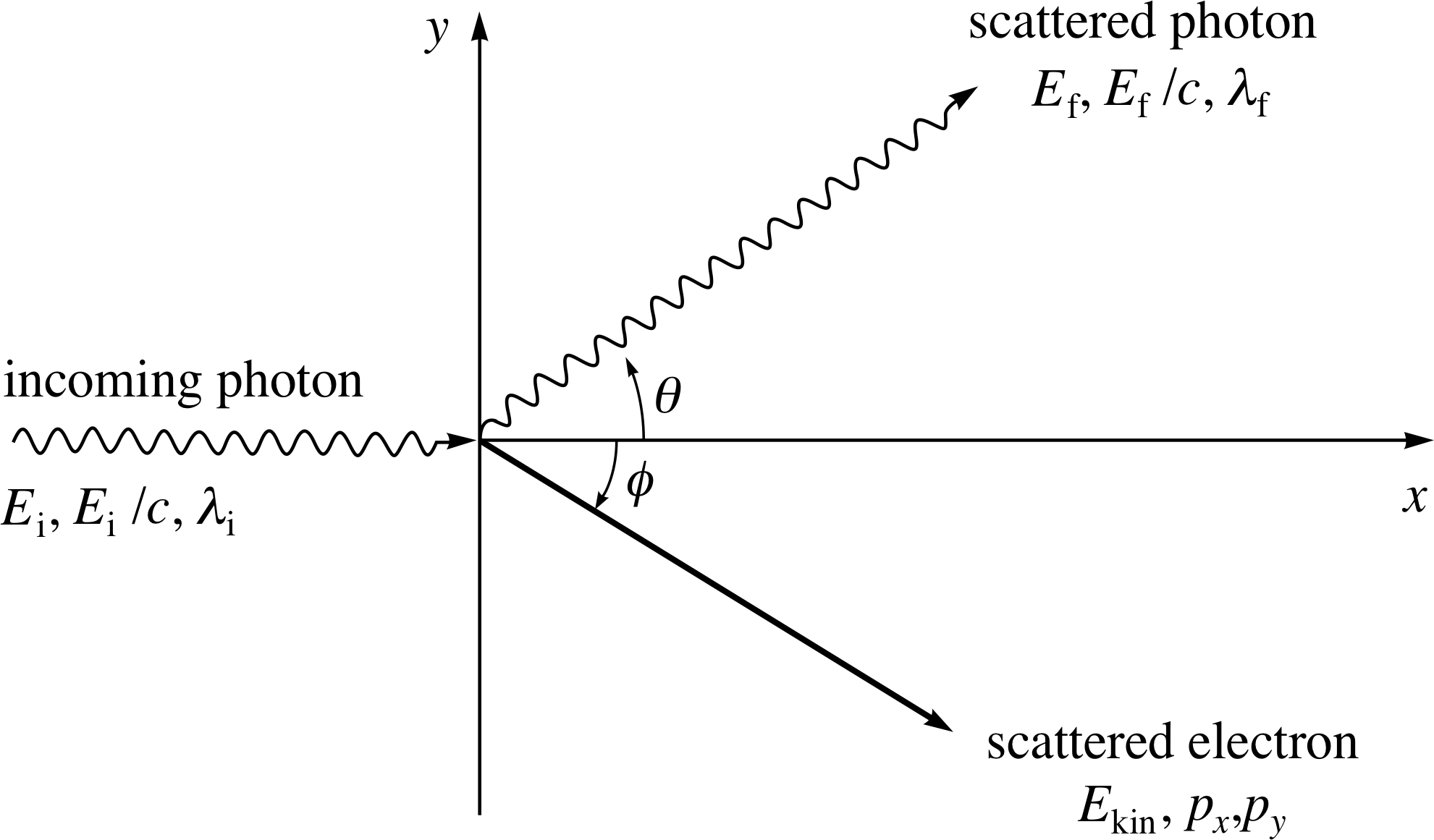
Some of the energy and momentum is transferred to the electron (this is known as the Compton effect), but both energy and momentum are conserved in this elastic collision. Apart from catering students preparing for JEE Mains and NEET, PW also provides study material for each state board like Uttar Pradesh, Bihar, and others.Convincing evidence that light is made up of particles (photons), and that photons have momentum, can be seen when a photon with energy hf collides with a stationary electron. Physics Wallah strives to develop a comprehensive pedagogical structure for students, where they get a state-of-the-art learning experience with study material and resources. With our affordable courses like Lakshya, Udaan and Arjuna and many others, we have been able to provide a platform for lakhs of aspirants.įrom providing Chemistry, Maths, Physics formula to giving e-books of eminent authors like RD Sharma, RS Aggarwal and Lakhmir Singh, PW focuses on every single student's need for preparation. Physics Wallah's main focus is to make the learning experience as economical as possible for all students. We believe in empowering every single student who couldn’t dream of a good career in engineering and medical field earlier. PW strives to make the learning experience comprehensive and accessible for students of all sections of society. We successfully provide students with intensive courses by India's top faculties and personal mentors. Physics Wallah also caters to over 3.5 million registered students and over 78 lakh+ Youtube subscribers with 4.8 rating on its app. We also provide extensive NCERT solutions, sample papers, NEET, JEE Mains, BITSAT previous year papers, which makes us a one-stop solution for all resources. Physics Wallah is India's top online ed-tech platform that provides affordable and comprehensive learning experience to students of classes 6 to 12 and those preparing for JEE and NEET exams. Compton’s work established the existence of photons as real particles having momentum as well as energy. The recoil of the electron occurs simultaneously with the scattering of the photon. The above equation is the Compton Shift in wavelength and is independent of the wavelength of the incident photon and depends only on the angle of scattering as it increases with the angle. Square and adding equations 2 and 3 we get, The scattered photon has a smaller energy and hence a lower frequency.Īccording to the theory of relativity, the energy of an electron at rest is m 0c 2 and after recoil isĮnergy before collision = Energy after collisionĪpplying the law of conservation of momentum along and perpendicular to the direction of the incident photon, In the collision, a part of photon energy is transferred to an electron which recoils.

#Compton effect recoil angle of electron free#
He considered X-ray as a stream of photons,Ĭompton Scattering is considered as an elastic collision between a photon and a free electron which is initially at rest. This phenomenon is called the Compton Effect”.Ĭompton explains this phenomenon using the Quantum theory of radiation. The wavelength shift is independent of the wavelength of the incident beam and the scattering material, it depends only on the scattering angle. “When a monochromatic beam of X-Rays is scattered by an element of low atomic weight (for example carbon), it is observed that the scattered X-Rays at all angles have maximum intensities at two wavelengths one at the original wavelength and other at a slightly longer wavelength. Compton in 1923, it is the scattering of high-frequency photons after an interaction with a charged particle called electron, it results in a decrease in energy and an increase in wavelength of a photon which may be X-Ray or Gamma Ray photon. The Compton Effect was discovered by A.H.

Compton Effect, Exploring Photon Scattering and Quantum Nature


 0 kommentar(er)
0 kommentar(er)
